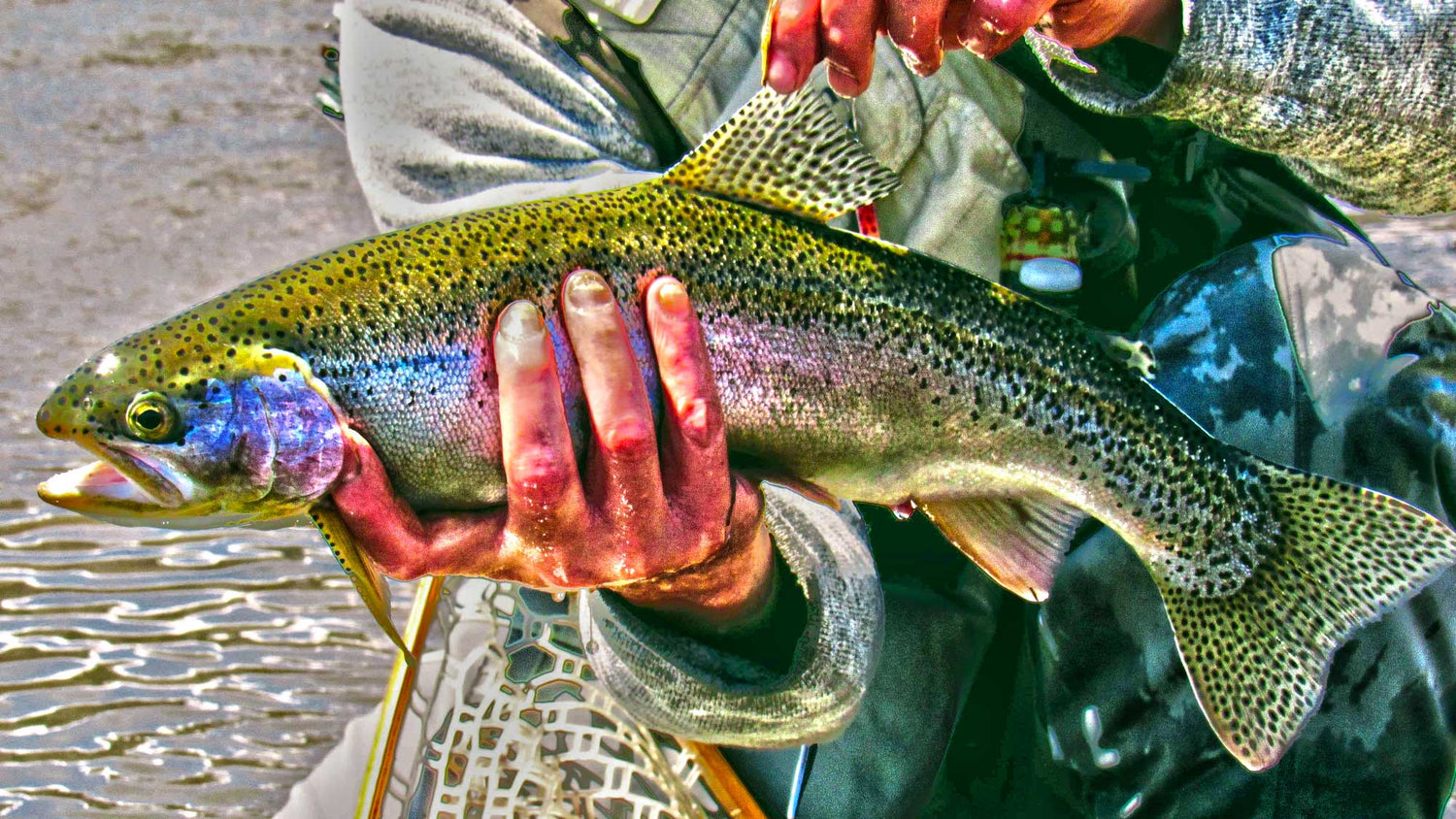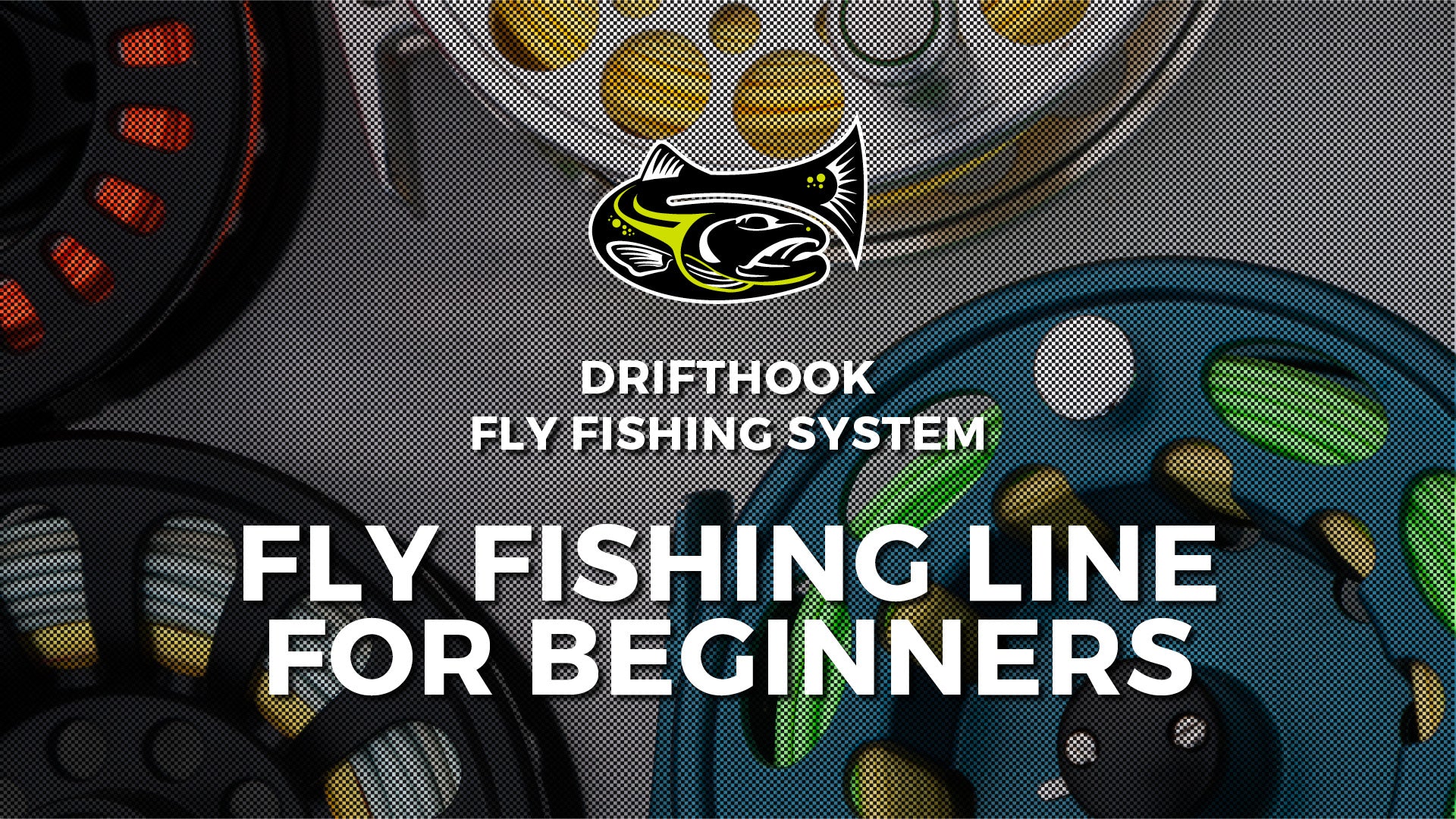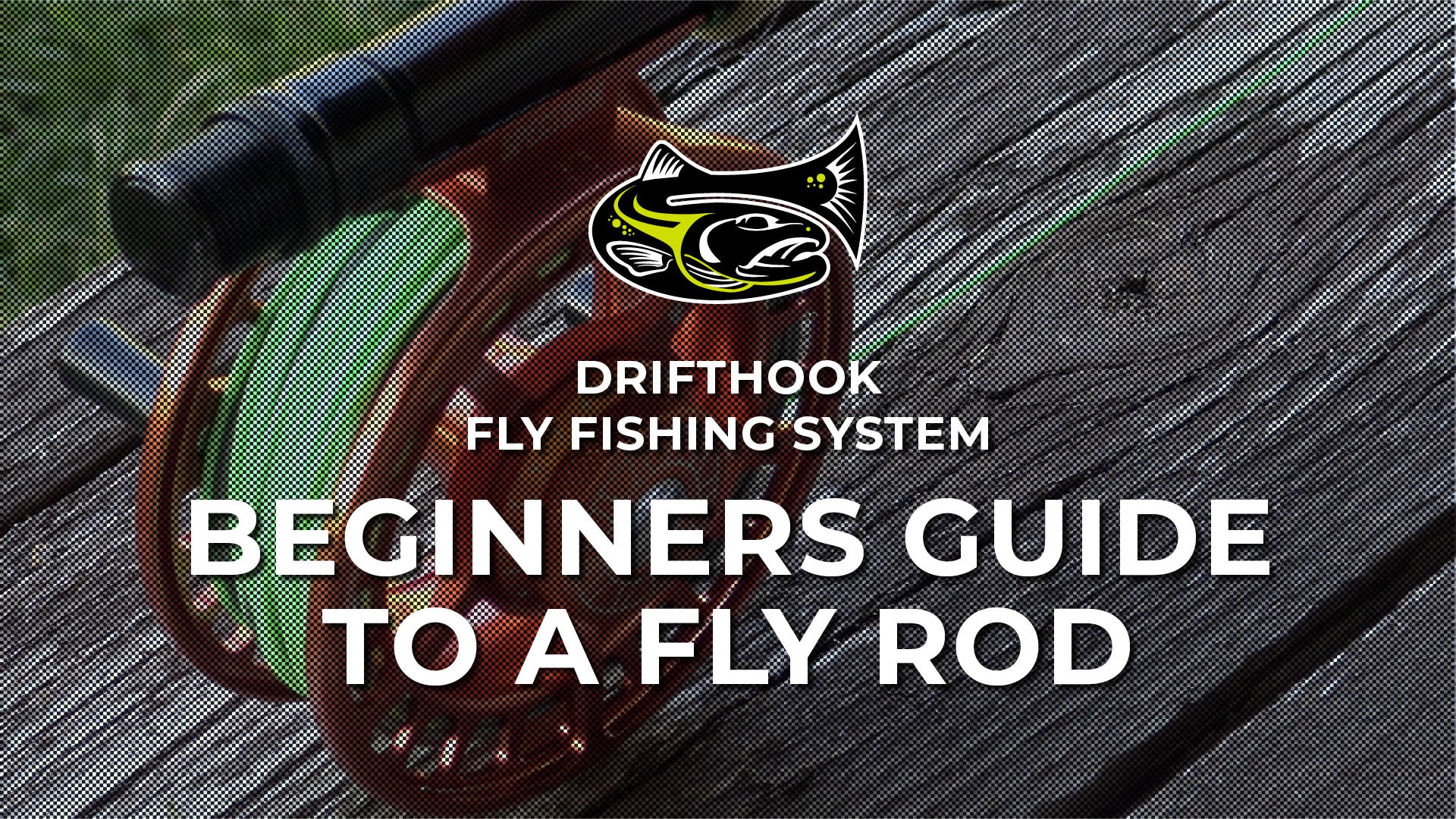
So how does fly fishing work? Fly fishing is a form of fishing that uses a lightweight artificial fly as bait. These artificial flies can represent everything from Mayflies to Baitfish and in-between. The casting techniques are different from other typical lure or bait fishing because the weight of the line projects the fly versus the weight of the lure when using traditional spinner fishing techniques.
At first, you will find it difficult to cast when fly fishing. But with a little practice and some enjoyable time outdoors you will be able to pick it up in no time.
With some patience and a few fishing trips under your belt, you could learn fly fishing and the lifetime rewards that come with it. The following section below will help you get familiar with setting up your fly rod, The types of equipment that you will come in contact with, and some introductory casting techniques to help you start your journey.
1. Fly Rod Setup.
Once you have planned to start the fly fishing, you need to do a few basic setups, which is different in a few aspects from other fishing types. You need to select a fly rod depending upon what fish you target. Fly rods have different rod weight, which is the weight of the fly line rod that is designed to cast and not the actual weight of the rod. A rod weight determines what type of fish are they suitable for fishing. A low rod weight has light lines and designed to catch a small fish.
If you are planning to catch small trout or sunfish in a small stream, you can have fly rod weight in 1 to 4 wt. For typical trout or smallmouth bass, you need fly rod weight in 4-6 wt to fish in large rivers and lakes.
Fly rod has a type of action labeled on them as slow, medium, and fast action. A fast action rod is stiff, flexes mostly at its tip. A medium action rod flexes in the middle, and a slow action rod flexes till rod grip. For better fly fishing, use medium or fast action rod with 4-6 wt rod weight.
For a more in-depth review on fly rod sizes check out our video.
Embed Video
2. Fly Reel Setup.
A fly reel consists of a cylindrical device to wind the fishing line, and it is attached on the handle of the fishing rod. Fly reels are designed for a particular rod size and are labeled with two numbers, represent the lower and upper limits of rod weight.
Smaller fly rods do not use the reel drag often as most of the small species that you will be fishing for can be pulled in by hand.
When fishing for larger fish, you are going to need larger rods with reels to match. When you start to get into the larger rod sizes, you should be conscious about reel’s quality as it will see a lot more use than that of the smaller weights. Look for reel’s with sealed drag and anodized coating as these will give you a longer life span than ones without such qualities.
For fly rod weights between 4-6, you need to use a backing line of 50 yards on the back end of the line. For large fly rods with rod weight above 8, you might need to have a backing of up to of 150 to 300 yards. But this all depends on the recommended specs from the fly reel manufacturer. Make sure to check with them before you load your fly reel with line and backing. Most fly shops will load the reel for you with the proper weight of line and appropriate backing so check with them when you purchase your fly rod and reel.
When you have attached the fly reel to the fishing rod, ensure the rod balances at the handle. The best way to test this is to hold up your rod at the apex of the handle with one finger. 
Proper balance will reduce wrist strain during casting. Most modern fly rods are built to be balanced but if you are buying your first one, take it off the rack and have a salesperson load it with a reel and line, so you get a feel for the balance of the rod.
A fly rod has a reel seat to attach your reel. Depending on what arm you fly fish with will determine how your reel should be seated and how the line should be coiled on to that reel. If you cast with your right arm, then you would be retrieving the line with your left. Vice versa goes for if you are left-handed. You will cast with your left and retrieve with your right.
3. Fly Fishing Line Setup.
Fly line is a unique fishing line that gives weight to cast the artificial fly. Fly lines are measured by fly line weight, which is an industry-standard measure of the actual weight of the first 30 feet of the line in grains. Fly lines vary in the weight. A five weight fly line best suits a five weight fly rod.
Fly lines come in different types. Such as Weight forward taper, double taper, level, and smooth heads. They also come in a variety of weighted lines for streamer and still water fly fishing. Each of them has a different cross-section designed to help different casting techniques and shooting styles.
Fly lines have buoyancy property to describe how the line behaves on the water. It can be floating, sink tip, or sinking depending on how it floats or sinks.
Attach the backing line with arbor knot to spool and reel the backing line so that the line becomes flat. Most of the fly lines have a perfection loop at the end to fix the backing to fly line. If the fly line does not have a loop, you need to put a nail knot at the end.
After you have attached the backing and fly line, wind the fly line onto the spool until its fully loaded on the reel.
4. Fly Selection.
Selecting a fly depends on a few scenarios. What type of fish are you trying to catch, what kind of water are you fishing in and what style of fly fishing do you like to do. Each new species that you go out fishing for has a different form of hunting for food so you could have several different ways of attracting that species to a particular fly.
When selecting your flies, it is best to use a system that will make it easy to match what the fish are eating on any given day. If you are looking to catch trout year around Drifthook Fly Fishing Kits, do just that.
5. Casting Dynamics.
Fly fishing has a different form of casting where the weight of the line carries the leader that is connected to the fly to the designated location. A fly is designed to follow the unfurling of a casted fly line. Since both the rod and fly line are tapered, their small weight will reach high speeds and create loops as the line is cast. If you have never cast before check out this short video on getting started.
When casting, the weight of the fly line carries the fly out by transferring the speed built up in the line through it to end of the line, where the fly is attached. The acceleration causes the fly to move as a cast out.
For more information on getting started fly fishing, check out our entire video library here.
About the Author
Matthew Bernhardt, a third-generation Coloradan, grew up at the forefront of the state’s fly-fishing revolution, enjoying time on the water side by side with experienced guides and lifelong anglers.
By combining his passion for fly-fishing with input from other experienced fly-fishers and guides and his fine arts degree from Colorado State University, Matthew spent five years carefully developing the Drifthook Fly Fishing System, built to help every angler catch more trout.
When he’s not spending time with his wonderful family, you’ll find him out on the water catching MONSTER trout, and he anxiously looks forward to the day when his kids are old enough to join him there.



